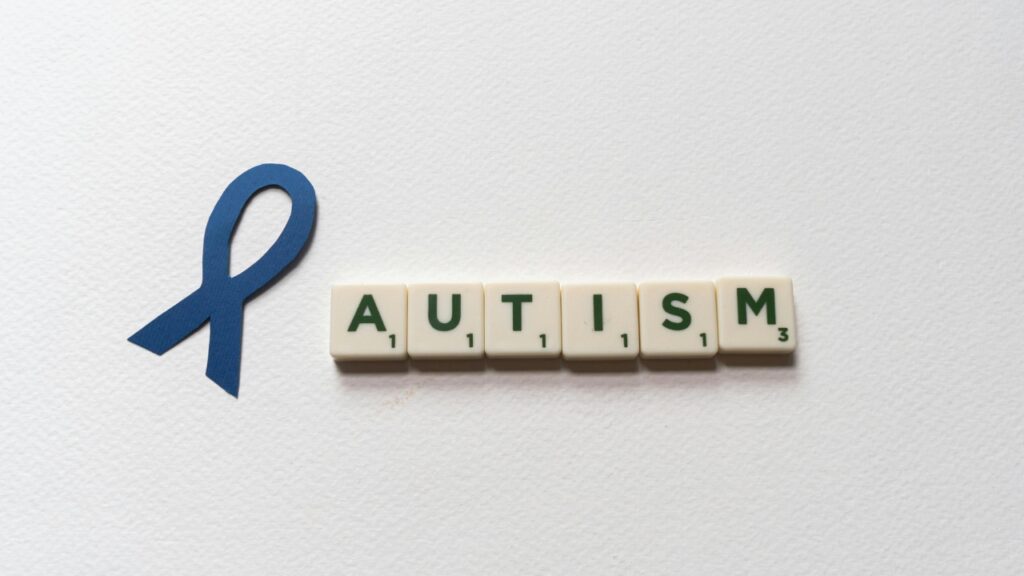When families receive an autism diagnosis, the desire to help their child can lead them to explore every possible treatment option. This natural impulse to “leave no stone unturned” often includes investigating alternative or complementary treatments that promise dramatic improvements. While this dedication is admirable, it’s important to understand which approaches have scientific support and which might waste precious time and resources—or even cause harm.
Understanding the Appeal of Alternative Treatments
Parents pursuing alternative treatments are often motivated by genuine love and hope for their child. Traditional therapies like ABA, speech therapy, and occupational therapy require patience and gradual progress, while some alternative approaches promise faster, more dramatic results. When families feel desperate or frustrated with the pace of conventional treatment, these promises can be incredibly appealing.
The autism community also includes many stories of children who supposedly “recovered” through alternative interventions, though these accounts often lack scientific verification. Social media and online forums can amplify these anecdotal reports, making unproven treatments seem more effective than they actually are. Additionally, some families feel that mainstream medicine has failed them or doesn’t understand their child’s unique needs.
It’s crucial to understand that wanting to explore every option for your child is completely normal and doesn’t reflect poor judgment. However, making informed decisions about treatments requires understanding the difference between scientifically validated approaches and those that lack credible evidence.
The Importance of Scientific Evidence
Evidence-based treatments are those that have been rigorously tested through controlled studies and shown to be both safe and effective. This doesn’t mean they work for every child, but it does mean they’re more likely to help than harm, and families can make informed decisions about potential benefits and risks.
Alternative treatments often lack this level of scientific scrutiny. Some have never been properly studied, while others have been tested and found ineffective or even harmful. The absence of evidence doesn’t automatically make a treatment dangerous, but it does mean families are essentially experimenting on their children without knowing what to expect.
The scientific method exists to protect families from ineffective or harmful treatments. While it may seem overly cautious or slow, this process has prevented countless families from pursuing dangerous interventions while identifying treatments that genuinely help children with autism.
Biomedical Interventions: Limited Evidence, Potential Risks
Many alternative treatments focus on supposed underlying medical causes of autism, despite the scientific consensus that autism is a neurodevelopmental condition with strong genetic components. These biomedical approaches often involve special diets, supplements, or detoxification procedures.
Gluten-free and casein-free diets are among the most popular alternative interventions. While some families report improvements, well-designed studies have generally failed to show significant benefits for most children with autism. These restrictive diets can actually create nutritional challenges and social difficulties around eating, potentially causing more problems than they solve.
Vitamin and supplement regimens are frequently promoted for autism, often involving expensive combinations of nutrients. Most children with autism don’t have specific nutritional deficiencies that would require supplementation beyond what a typical multivitamin provides. Excessive supplementation can sometimes be harmful, and money spent on unproven supplements might be better used for evidence-based therapies.
More concerning are treatments like chelation therapy, which attempts to remove supposed toxins from the body. Chelation is a legitimate medical treatment for heavy metal poisoning but has no proven benefit for autism and can be dangerous. Several children have died from chelation therapy administered for autism treatment.
Communication-Based Alternatives: Buyer Beware
Some alternative approaches focus on communication, promising to unlock hidden abilities in non-speaking children with autism. Facilitated communication, where a facilitator guides a person’s hand to type messages, has been thoroughly debunked through controlled studies. Research consistently shows that the facilitator, not the person with autism, is controlling the communication.
Rapid prompting method (RPM) and spelling to communicate boards are newer versions of similar approaches that lack scientific validation. While families may see apparent communication improvements, controlled testing typically reveals that these methods don’t represent independent communication from the individual with autism.
These approaches can be particularly harmful because they give families false hope and may delay the implementation of proven communication interventions like speech therapy or AAC devices that could genuinely help their child communicate.
Sensory and Movement-Based Treatments
Some alternative treatments focus on sensory or movement interventions. Auditory integration training claims to improve behavior by having children listen to specially filtered music, but research has not supported its effectiveness. Similarly, vision therapy programs specifically designed for autism lack scientific evidence, though standard vision correction is certainly important for children who need it.
Craniosacral therapy, applied kinesiology, and other manual therapies are sometimes promoted for autism but lack scientific support. While these treatments are generally harmless, they’re also unlikely to provide meaningful benefits and can be expensive.
Hyperbaric oxygen therapy involves breathing pure oxygen in a pressurized chamber and has been studied for autism with consistently negative results. The treatment is expensive, time-consuming, and has not shown benefits for core autism symptoms.
Why Alternative Treatments Seem to Work
Families sometimes report improvements in their children after trying alternative treatments, even when the treatments themselves aren’t effective. Several factors can create this illusion of success. Children naturally develop and improve over time, so any intervention tried during a period of growth might appear responsible for the progress.
The placebo effect can also influence both parents’ perceptions and potentially children’s behavior. When families believe strongly in a treatment and expect improvements, they may notice positive changes more readily or interpret normal variations in behavior as evidence of progress.
Additionally, many families try alternative treatments while also continuing evidence-based therapies, making it difficult to determine what’s actually causing any improvements they observe.
The Opportunity Cost
Perhaps the most significant concern about alternative treatments isn’t that they’re harmful—though some are—but that they waste valuable time and resources. The early childhood years are particularly important for autism intervention, and time spent on unproven treatments is time not spent on approaches known to be effective.
Financial resources spent on expensive alternative treatments might otherwise fund additional speech therapy, ABA sessions, or other evidence-based interventions. The emotional energy invested in pursuing unproven treatments can also take a toll on families, creating stress and disappointment when dramatic improvements don’t materialize.
When to Consider Complementary Approaches
This doesn’t mean families should never consider anything beyond mainstream autism interventions. Some approaches, while not specifically proven for autism, might have general health benefits or address co-occurring conditions. For example, regular exercise benefits everyone, including children with autism who might experience improvements in sleep, mood, or behavior.
Yoga, martial arts, or music therapy might provide social, physical, or emotional benefits even if they don’t directly address core autism symptoms. The key is having realistic expectations and not viewing these activities as autism treatments but rather as enriching experiences that might support overall development.
If families choose to explore complementary approaches, they should discuss them with their healthcare team, continue evidence-based treatments, and be honest about whether they’re seeing genuine improvements or just hoping for the best.
Red Flags to Watch For
Be particularly cautious of treatments that promise dramatic improvements, claim to “cure” autism, or discourage families from pursuing evidence-based interventions. Approaches that require significant upfront payments, involve traveling long distances for treatment, or pressure families to make immediate decisions are often more focused on profit than helping children.
Any treatment provider who discourages you from seeking second opinions, consulting with your child’s healthcare team, or continuing proven therapies is not acting in your child’s best interest.
Focusing on What Works
The good news is that evidence-based treatments for autism are more effective than ever before. Modern ABA approaches are more naturalistic and child-friendly than early versions. Speech therapy has expanded to include sophisticated AAC options for non-speaking children. Occupational therapy addresses sensory needs more effectively than alternative sensory treatments.
Schools are better equipped to support children with autism, and understanding of autism has improved dramatically. These proven approaches, while perhaps not offering the dramatic overnight changes that alternative treatments promise, provide genuine, lasting improvements in children’s communication, behavior, and daily living skills.
Making Informed Decisions
Every family’s journey with autism is unique, and there’s no single right approach for every child. However, the foundation of any effective treatment plan should be evidence-based interventions with proven track records of safety and effectiveness.
Before considering alternative treatments, ensure your child is receiving appropriate evidence-based services. Many children who seem to plateau in their development actually need adjustments to their current interventions rather than entirely different approaches.
When evaluating any treatment, ask for scientific evidence, speak with other families who have tried it, and discuss it with your healthcare team. Remember that your dedication to helping your child is admirable, but the most loving thing you can do is pursue approaches most likely to genuinely help them develop and thrive.
For guidance in developing an evidence-based treatment plan that addresses your child’s specific needs and goals, contact Norfolk Autism Center at (757) 777-3229. Our experienced team can help you focus your energy and resources on interventions most likely to support your child’s development and success.




